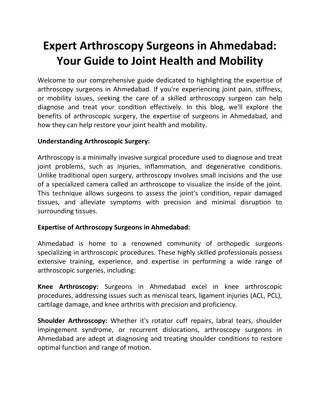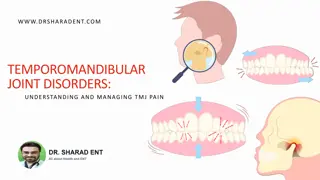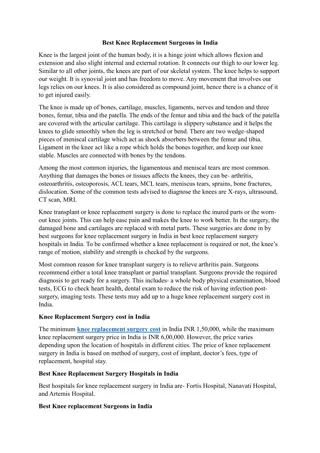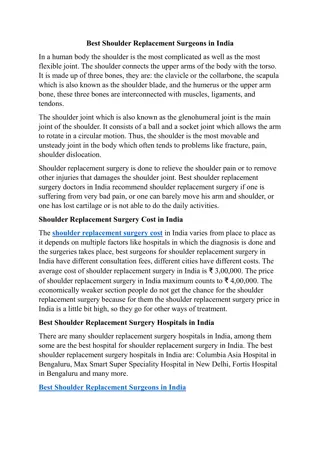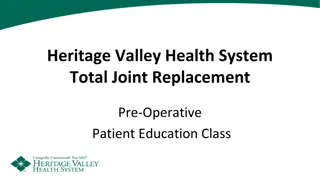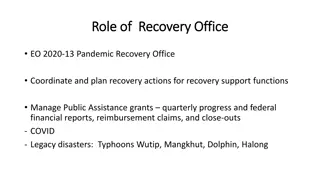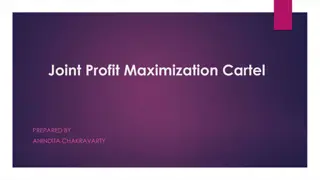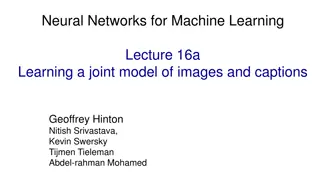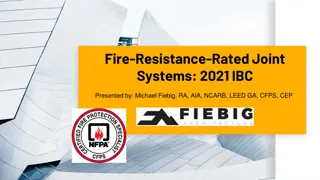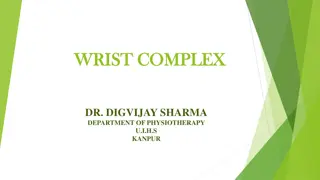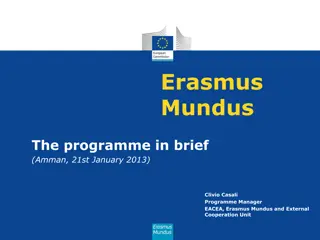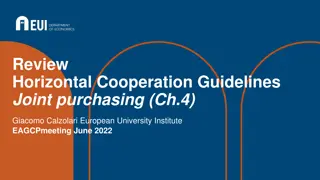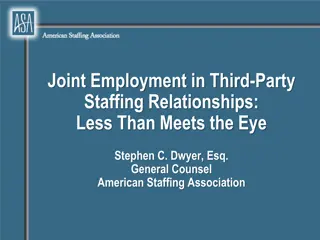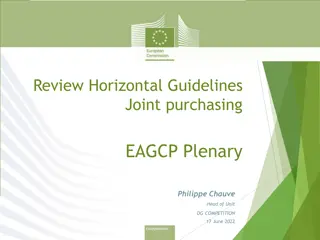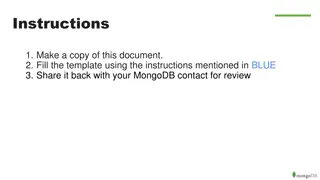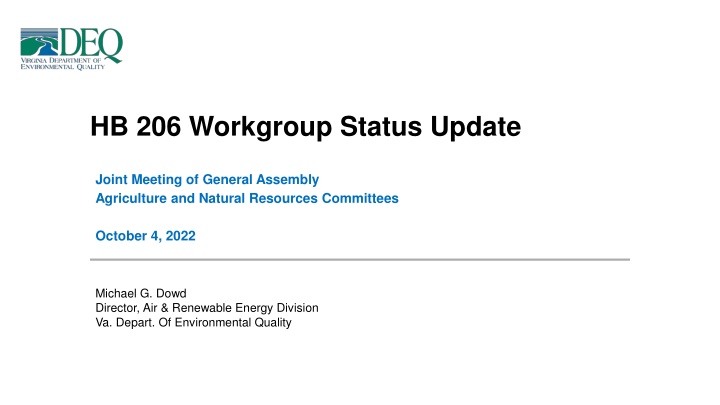
HB 206 Workgroup Status Update - Joint Meeting Insights
The HB 206 update highlights the formation of an advisory panel by DEQ to assess the impact of utility solar development on agricultural soils and forest land under the Small Renewable Energy Permit By Rule program. The advisory panel, comprising diverse representatives, worked through workgroups on proposals but faced challenges in achieving consensus. Key details of the process and outcomes are discussed in the provided information.
Download Presentation

Please find below an Image/Link to download the presentation.
The content on the website is provided AS IS for your information and personal use only. It may not be sold, licensed, or shared on other websites without obtaining consent from the author. If you encounter any issues during the download, it is possible that the publisher has removed the file from their server.
You are allowed to download the files provided on this website for personal or commercial use, subject to the condition that they are used lawfully. All files are the property of their respective owners.
The content on the website is provided AS IS for your information and personal use only. It may not be sold, licensed, or shared on other websites without obtaining consent from the author.
E N D
Presentation Transcript
HB 206 Workgroup Status Update Joint Meeting of General Assembly Agriculture and Natural Resources Committees October 4, 2022 Michael G. Dowd Director, Air & Renewable Energy Division Va. Depart. Of Environmental Quality
HB 206 Background HB 206 directed DEQ to form an advisory panel to look at the impact to prime agricultural soils and forest land and evaluate appropriate mitigation as a result of utility solar development under the Small Renewable Energy Permit By Rule (PBR) program Prepare a report to the General Assembly by December 1, 2022 Develop regulations to by December 31, 2024 2
HB 206 Advisory Panel DEQ solicited an advisory panel consisting of representatives from a variety of groups as specified in HB206 The advisory panel is comprised of over 70 participants and includes environmental interests, solar developer interests, localities, representatives from multiple state agencies, and other interested parties oRepresentatives from State Agencies and State Universities were utilized as Subject Matter Experts attending all advisory panel meetings and provided expertise as requested Due to size of panel, DEQ contracted with University of Virginia s Institute of Engagement and Negotiation (IEN) to facilitate DEQ and IEN set a series of 5 meetings (3 in Richmond and 2 in Charlottesville) to develop recommendations for the report to the General Assembly 3
HB 206 Workgroups Since the advisory panel was so large, the larger group was split into 5 workgroups oTwo of the workgroups were combined due to the similarity of topics Workgroup 1 Avoidance and Mitigation Workgroup 2 & 3 Mitigation/In Lieu Mitigation Workgroup 4 Significant Adverse Impact <10 Acres of Prime Soils and <50 Acres of Forest Workgroup 5 Local Control 4
HB 206 Workgroups Workgroups developed 31 proposals oWorkgroup 1 10 oWorkgroup 2+3 14 oWorkgroup 4 2 oWorkgroup 5 5 Final meeting of Advisory Panel held 9/28 o11 proposals discussed oProposals chosen on chance of consensus No consensus reached on any major overall concept 5
Topics Discussed at Last Advisory Panel Meeting WG 1- Definition of disturb WG1 Definition of minimize WG1 Definition of significant adverse impact WGs 2+3 Standardized checklist of function and values WGs 2+3 Scoring criteria to easily value WGs 2+3 How to evaluate program effectiveness WG 4 Methods for field verification WG 5 PBR/NOI timelines WG 5 Encouragement of early NOI submission WG 5- Provision of agency review results to locality WG 5- PBR template requirements WG 6 Va. DOE guidebook development (consensus reached 9/28) 6
Illustrative Major Issues How do you value loss of environmental or ecological function? o How much is a tree worth? o Necessary to answer before value can be placed on mitigation measures Can/should applicant be allowed to perform mitigation measures off project site? o Should in lieu mitigation be allowed? Should prime agricultural soils be contiguous to trigger 10 acre presumption of significant adverse impact? At what point should localities be informed of the details of a proposed solar project? o Localities want to be informed as soon as possible o Applicants say informing too early would jeopardize competitive interests Should localities be able to impose stricter mitigation or additional requirements than state agencies? 7
Next Steps UVA/IEN and DEQ are preparing a final draft report that will be submitted to the full advisory panel for review and comment in next few weeks. DEQ will then produce a report for executive review, following which it will be presented to the General Assembly by December 1, 2022 Although the final report will contain few issues on which consensus was reached, it will thoroughly present the views of all Advisory Panel members If the General Assembly takes no further action in the next session, DEQ will reconvene the Advisory Panel and begin the process of drafting the regulations required by HB 206 early next year 8

